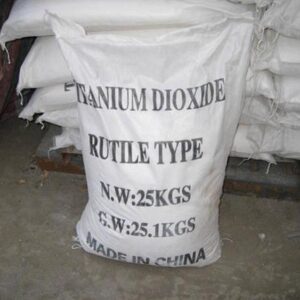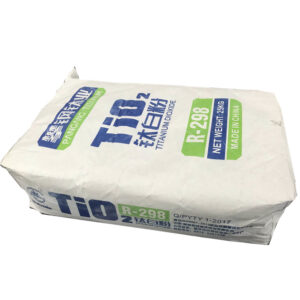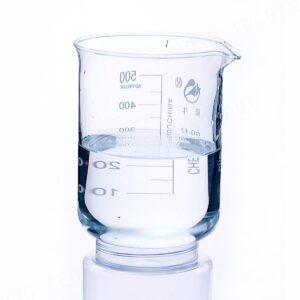Description
Technical Specifications – 2-Hydroxyethyl Acrylate
| Property | Specification |
|---|---|
| Chemical Name | 2-Hydroxyethyl Acrylate |
| Synonyms | 2-HEA, Hydroxyethyl Acrylate |
| CAS Number | 818-61-1 |
| Molecular Formula | C₅H₈O₃ |
| Molecular Weight | 116.12 g/mol |
| Appearance | Clear to pale yellow liquid |
| Purity | ≥ 96.0% |
| Boiling Point | 213°C (415°F) |
| Flash Point | 102°C (closed cup) |
| Density (20°C) | ~1.118 g/cm³ |
| Viscosity (25°C) | 7–15 mPa·s |
| Solubility | Miscible with water and most organic solvents |
| Storage Conditions | Store below 30°C in a cool, dry place |
| Stabilizer Content | Contains polymerization inhibitor (e.g., MEHQ) |
Key Features and Benefits
1. Dual Functionality for Enhanced Reactivity
2-HEA’s combination of hydroxyl (-OH) and acrylate (C=C) groups enables it to react readily with isocyanates, epoxies, and acrylates, making it highly valuable in the formulation of complex polymer systems.
2. Excellent Adhesion and Flexibility
Due to its hydroxyl group, 2-HEA provides excellent adhesion to polar surfaces such as glass, metal, and plastic, making it ideal for coatings, adhesives, and inks.
3. UV-Curable and Water-Compatible
2-HEA is frequently used in UV-curable resins, radiation-curing formulations, and waterborne systems for its fast curing, low VOC, and hydrophilic nature, promoting excellent wetting and surface interaction.
Common Applications of 2-HEA
-
UV and Electron Beam Curable Coatings
Used in inks, overprint varnishes, and adhesives to improve flexibility and adhesion. -
Acrylic Resins and Thermosets
A building block in thermosetting resins, especially for automotive and industrial coatings. -
Textile and Leather Finishes
Enhances soft feel and durability in textile coatings. -
Adhesives and Sealants
Improves bonding strength and elasticity in pressure-sensitive adhesives. -
Hydrogel Formation
Used in medical and personal care products, including contact lenses and wound dressings.
Storage and Handling
2-HEA should be stored in airtight containers, away from heat, light, and sources of ignition. The product is typically stabilized with a polymerization inhibitor such as MEHQ (Monomethyl Ether of Hydroquinone) to prevent unwanted polymerization during storage.
Conclusion
2-Hydroxyethyl Acrylate (2-HEA) is a high-performance monomer that offers versatility, reactivity, and reliability in a wide range of industrial and commercial applications. Its ability to crosslink, adhere, and cure rapidly makes it a preferred choice for manufacturers seeking durable, flexible, and high-performance polymers. Whether in coatings, adhesives, or UV-curable systems, 2-HEA continues to be a staple ingredient in modern chemical and material science.








